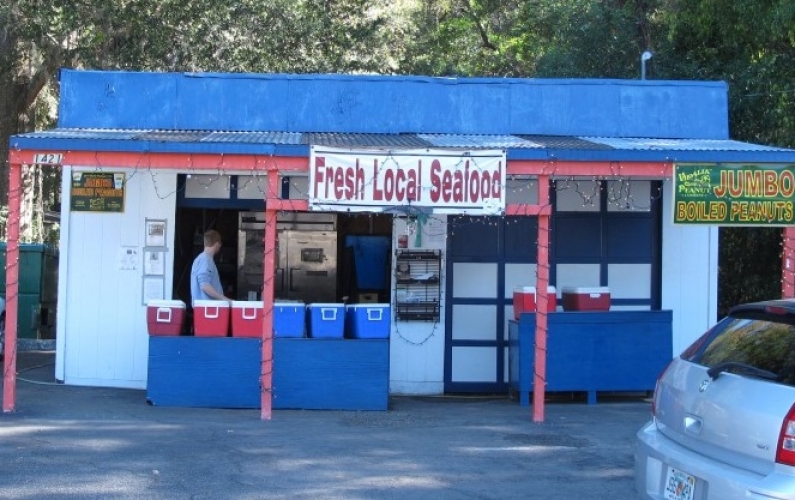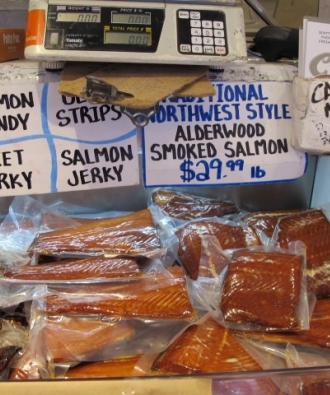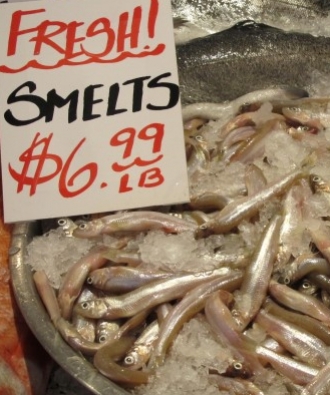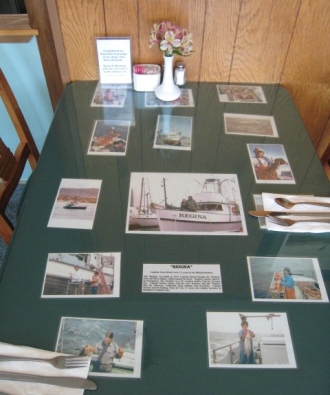
Your own retail market or restaurant is an alternative market option where fishermen sell their catch from a structure that they operate, including a roadside stand or a food truck (mobile market). This type of alternative market provides opportunities for both one-time and repeated face-to-face interactions between the fisherman (when present) and customers. It usually has low transportation costs, but high overhead/startup costs related to obtaining and maintaining physical infrastructure, staff, licenses and permits. Roadside stands generally require less investment, but also support more limited seafood handling and processing compared to restaurants and retail markets. As with other alternative markets, the fixed and operating costs are incorporated, at least partially, into the price of the product, reflecting the complexity of the operation.
To evaluate whether this type of alternative market is an option for you, explore the benefits and challenges (in addition to those on the Considerations page), key questions, tips and resources in the boxes below.


